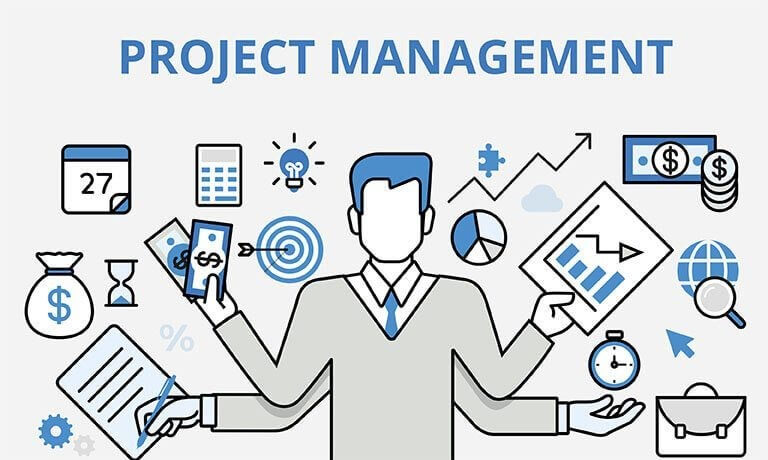The Role of AI and Technology in Modern Project Management
Project management has come a long way since the days of Gantt charts and physical task boards. In the modern world, the ever-evolving landscape of technology and artificial intelligence (AI) has revolutionized the way we approach and execute projects. These technological advancements have not only simplified processes but have also led to more efficient, data-driven, and agile project management practices. In this blog, we will explore the ways AI and technology are transforming project management in today’s fast-paced business environment.
Enhanced Data Analysis and Decision-Making
One of the significant advantages of AI in project management is its ability to process vast amounts of data in real-time. With AI-driven analytics tools, project managers can extract valuable insights from large datasets, helping them make informed decisions. For example, AI can predict potential project risks, identify patterns in project performance, and recommend strategies for optimization. This enables project managers to take proactive measures to mitigate risks and improve project outcomes.
Automation of Repetitive Tasks
AI and technology have brought a new level of efficiency to project management by automating repetitive and time-consuming tasks. For instance, project scheduling, resource allocation, and document management can all be automated with the help of AI-driven tools and software. Automation not only reduces the risk of human error but also frees up project managers to focus on more strategic aspects of their projects.
Smart Resource Allocation
Effective resource allocation is crucial for project success. AI plays a pivotal role in optimizing resource allocation by analyzing historical data and real-time project information. It can recommend the best allocation of resources, ensuring that projects are adequately staffed and within budget. This capability leads to cost savings and ensures that projects are completed on time.
Improved Risk Management
Project managers often grapple with the challenge of identifying and mitigating risks. AI, through its predictive analytics capabilities, can help in early risk detection. It can analyze historical project data and external factors to identify potential risks. This enables project managers to implement proactive risk mitigation strategies, ultimately reducing the likelihood of costly project delays and overruns.
Agile Project Management
In today’s fast-paced business environment, project managers need to be agile and responsive to changing circumstances. AI and technology enable agile project management by providing real-time updates on project status, resource availability, and budget tracking. With this information readily available, project managers can make quick decisions and adjustments to keep projects on track and in line with evolving business objectives.
Collaboration and Communication
Effective communication and collaboration are the cornerstones of successful project management. AI and technology have transformed the way teams interact and share information. Collaboration tools, chatbots, and project management software with AI-driven features improve team communication and enable seamless knowledge sharing, no matter where team members are located.
Predictive Forecasting
AI can make accurate predictions about project outcomes based on historical data and real-time information. This forecasting ability is invaluable for project managers, allowing them to set more realistic expectations and make data-driven decisions. Predictive analytics can estimate project completion dates, budget requirements, and potential issues, which, in turn, aids in more effective planning and resource allocation.
Continuous Improvement
AI and technology facilitate continuous improvement in project management practices. By analyzing the results of completed projects, organizations can identify areas for optimization and implement best practices. This iterative approach ensures that project management processes evolve and become more efficient over time.
Conclusion
The role of AI and technology in modern project management is undeniable. These innovations have ushered in a new era of data-driven, agile, and efficient project management practices. By harnessing the power of AI for enhanced data analysis, automation, and intelligent decision-making, project managers can navigate the complexities of modern business environments with greater confidence and success. As technology continues to advance, we can expect even more exciting developments in the field of project management, making it an exciting and dynamic profession for the future.









